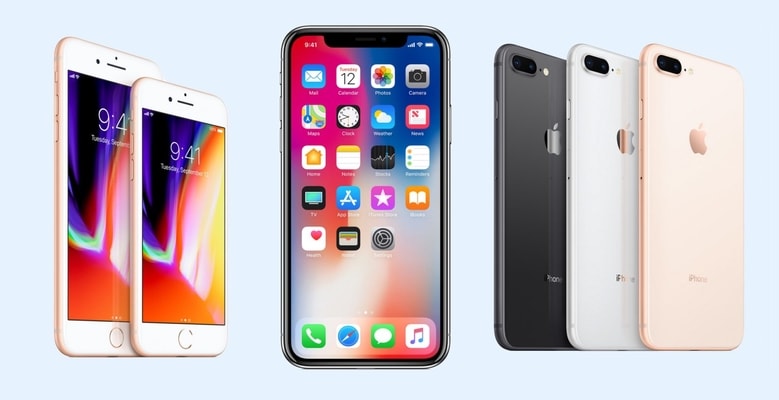
Do you ever wonder how certain technology works? Or wonder how Apple can get so much computing power into such a tiny little device? Every year, the folks over at iFixit, perform an in-depth and high quality “teardown” of the iPhone. This year, they partnered with Bloomberg in order to provide an interactive and detailed look at how the insides of the iPhone have changed over the years.

The story began back in 2007 – with the first generation iPhone. You probably remember it. It was bulky compared to what we’ve got today, but it is viewed as the device that transformed the smartphone industry. An entire industry! Just like the outside, the inside wasn’t exactly elegant. It had a 1400mAH battery, a 2MP camera and a variety of chips and modems.
Next was the iPhone 3G. It cleaned things up on the inside quite a bit. It had a smaller 1150mAh battery and a similar 2MP camera. The iPhone 3GS saw the battery increase to 1219mAh, but it had a new 3MP camera. But the real changes started picking up with the iPhone 4. Which makes sense. Apple launched the idea of the iPhone, but likely only imagined what it could do for us. It takes time to understand what people want and how they are using it. It came with a 1420mAh battery which is the largest of any iPhone to date. The iPhone 4 had a 4MP camera and all new front-facing camera. This is when we saw the introduction of the Retina Display and also FaceTime. Can you imagine life before FaceTime?

When I think about FaceTime, it actually makes me think about my Dad. Not because he’s a tech genius, but back in the 1990s, he used to joke about video phones. He would say that one day, we will all have video phones in our house. And he was right. His idea was a camera and a screen attached to a landline, but he knew what he was talking about. He’s no Steve Jobs, but maybe a psychic? Another side note – I had an iPhone 4 as my work phone until about 3 weeks ago. No lie. It felt like I was carrying a rotary phone around in my purse. It still worked in terms of the technology, but it was starting to get slow and sticky with some applications.
Then, we got the iPhone 5. It had a 1440mAh battery, and an 8MP camera. Which is a huge improvement over the 4. Not only that but it came with a new Lightning connector. The iPhone 6 also saw a big boost, but this time with the battery – 1810mAh, but the camera remained the same at 8MP.

The iPhone 7 was introduced last year. It came with a 1960mAh battery, and a 12MP camera. It also came with a ton of features, one of which was waterproofing. It was about time, don’t you think? There was no headphone jack with the iPhone 7, which seemed to get people excited and not in a good way. What makes the iPhone 7 unique compared to its predecessors is the 7 MP front camera.

The iPhone 8 is available now. It has a 1821mAh battery, wireless charging coil, and a new Broadcom wireless charging chip. It also comes with a new glass back – similar to what we had with the iPhone 4. What I find interesting is how the technology continues to improve each year. Apple invests a lot of time and money into improving their products, and every single year we are presented with something different and new.

The biggest change, in my opinion, happens between the 1 and the 3G. The battery in the original iPhone (shown as 1 on the Bloomberg website), looks like it has a battery from an old portable phone. I know that it’s not, but that’s what it looks like. When you scroll over the iPhone 3G, you will be surprised to see the improvements. That’s not to say that there haven’t been some incredible advancements throughout the years. But I think you will find that jump to be the most drastic.



